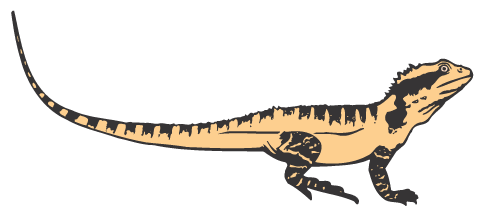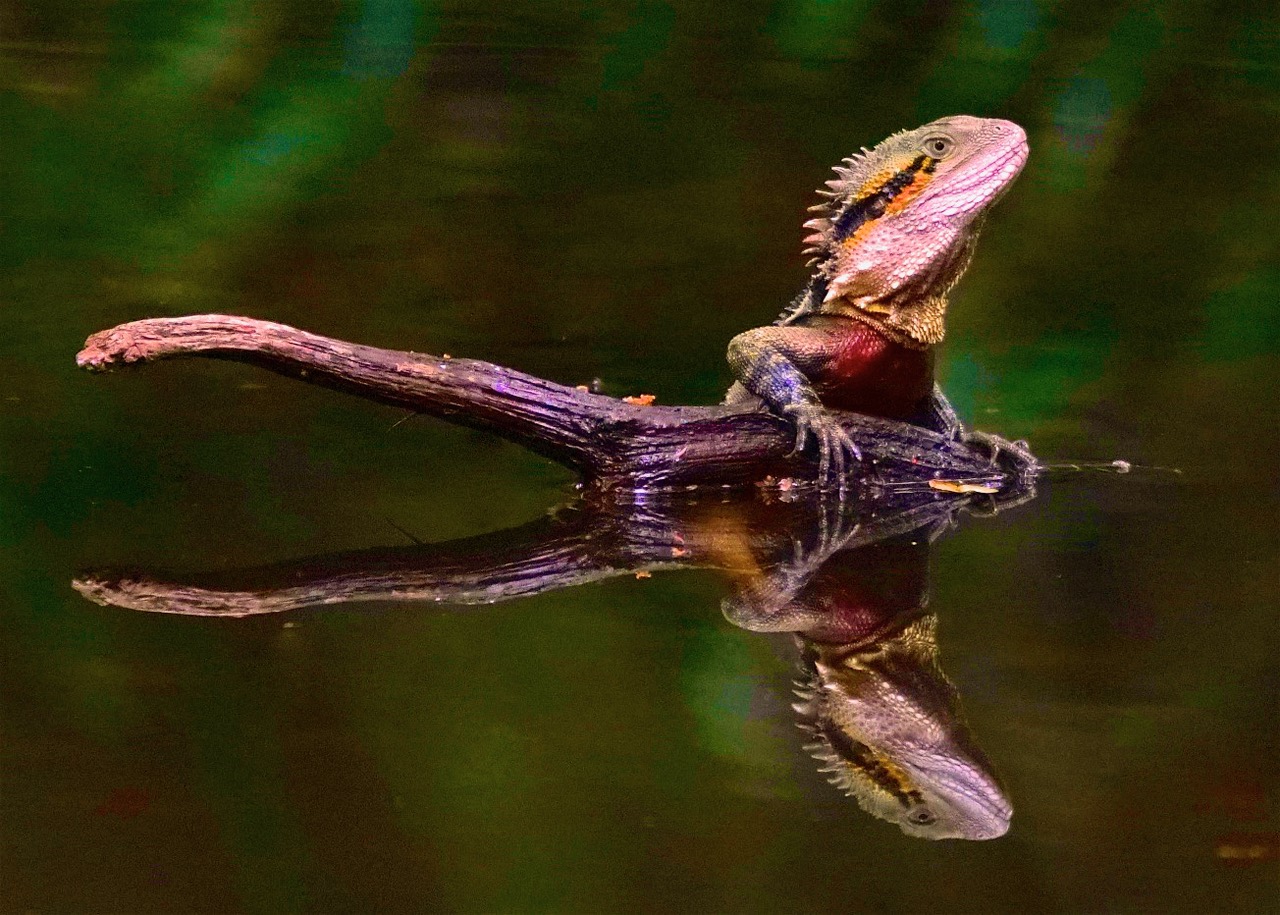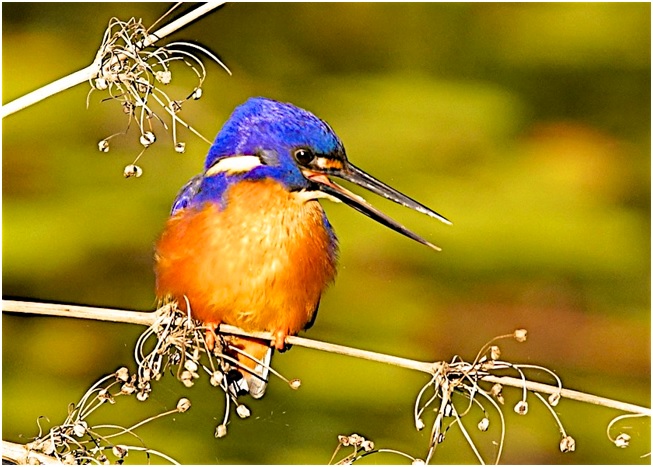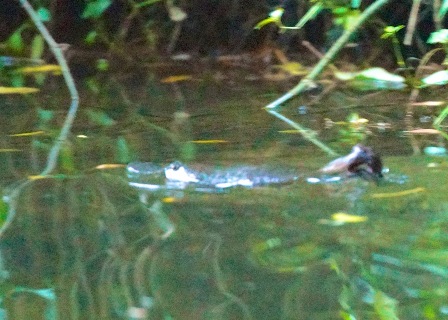One of the most adorable birds in our catchment, often heard but seldom seen, is the Owlet-Nightjar.
You may be lucky enough to see one of these little owls standing in front of their hollow, catching the sunlight. Why?
Head to our Feather Fascination page to find out!
Jim Butler’s latest article reveals a feast of interesting facts, and it is accompanied by a lovely photo provided by Tina Haybroek.





